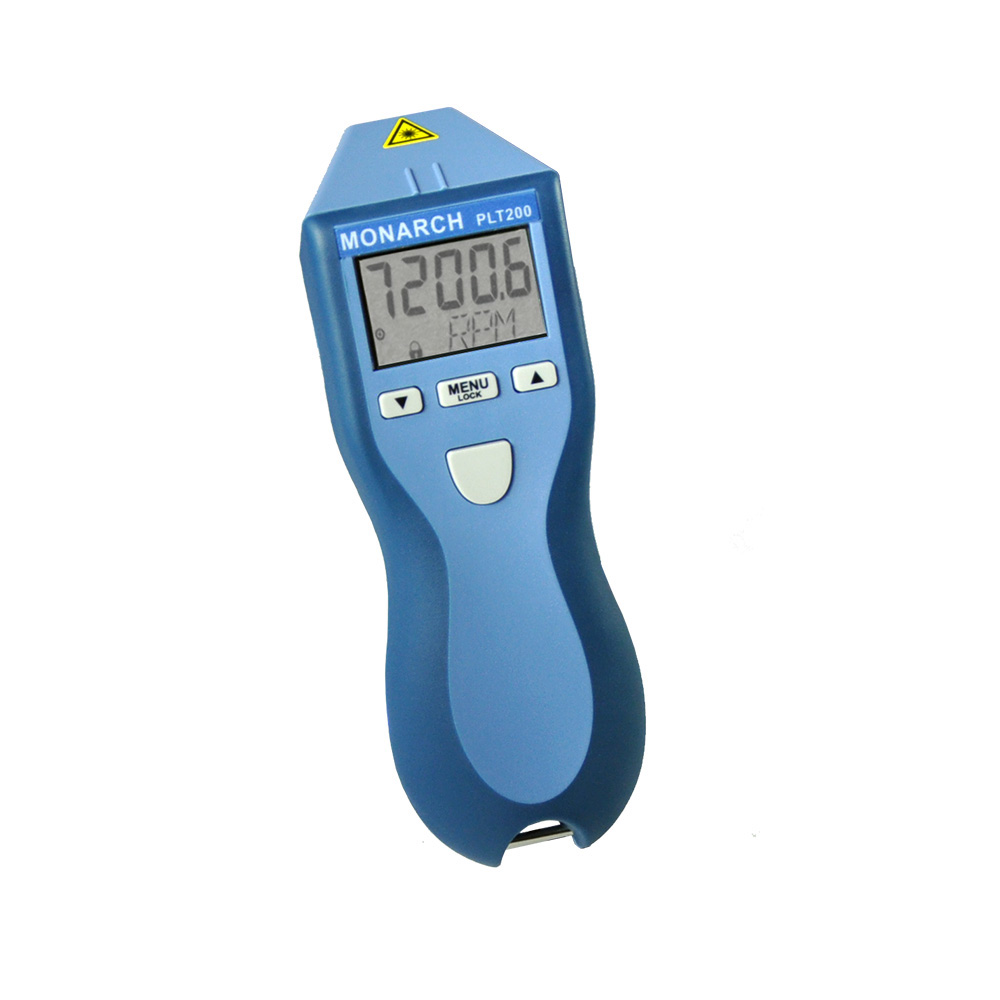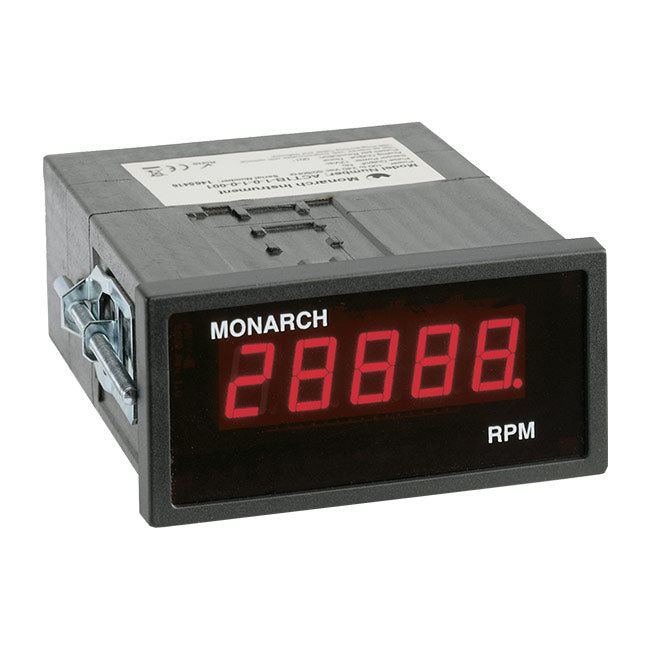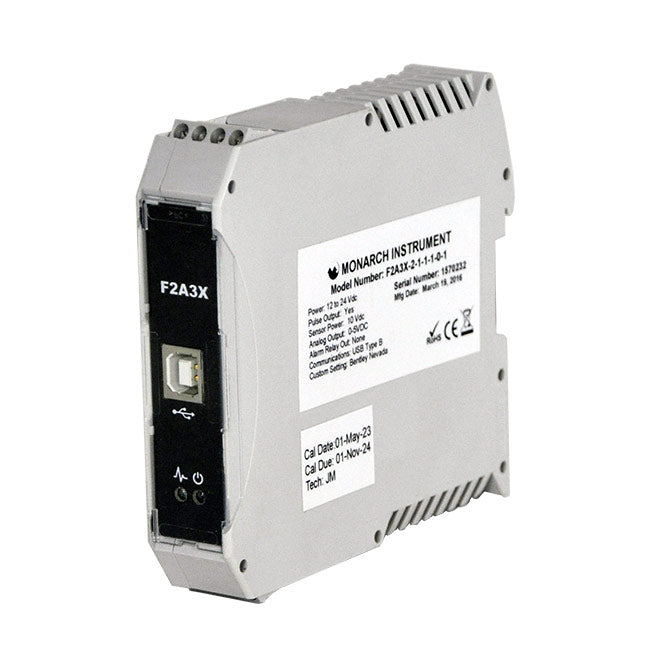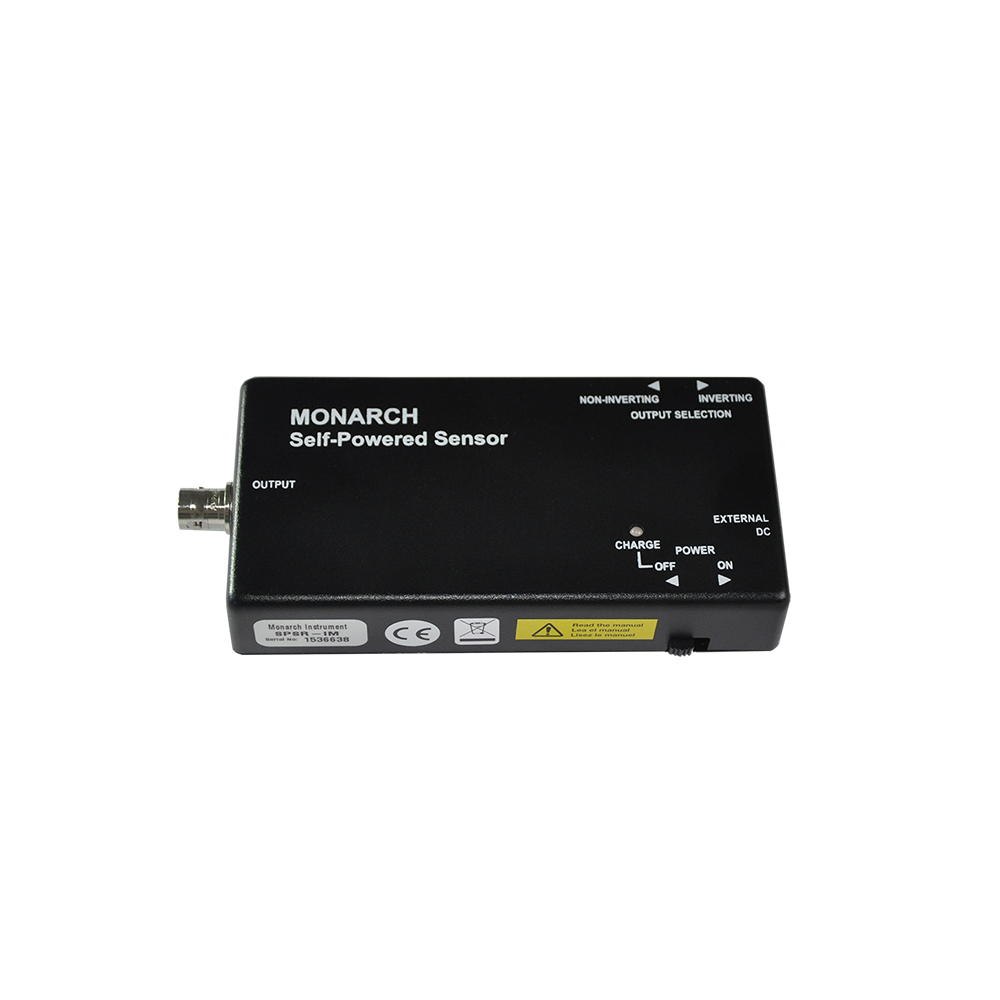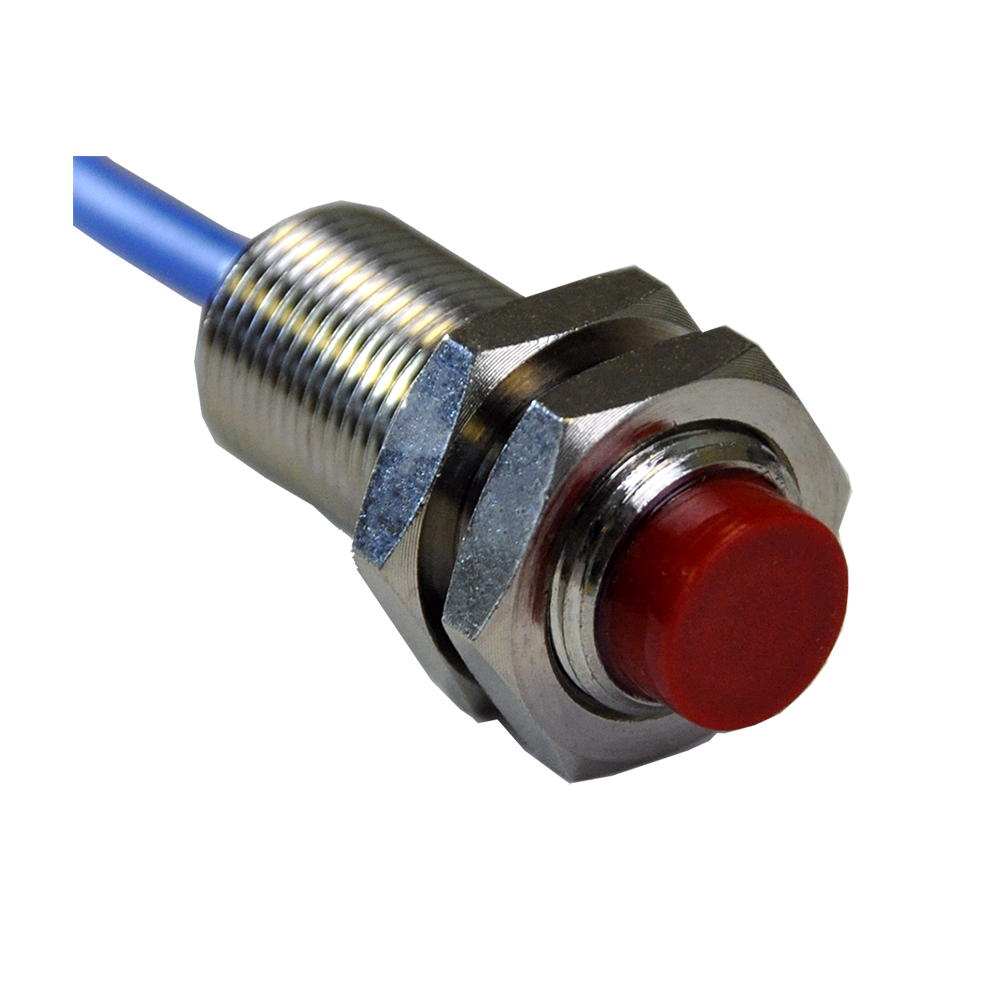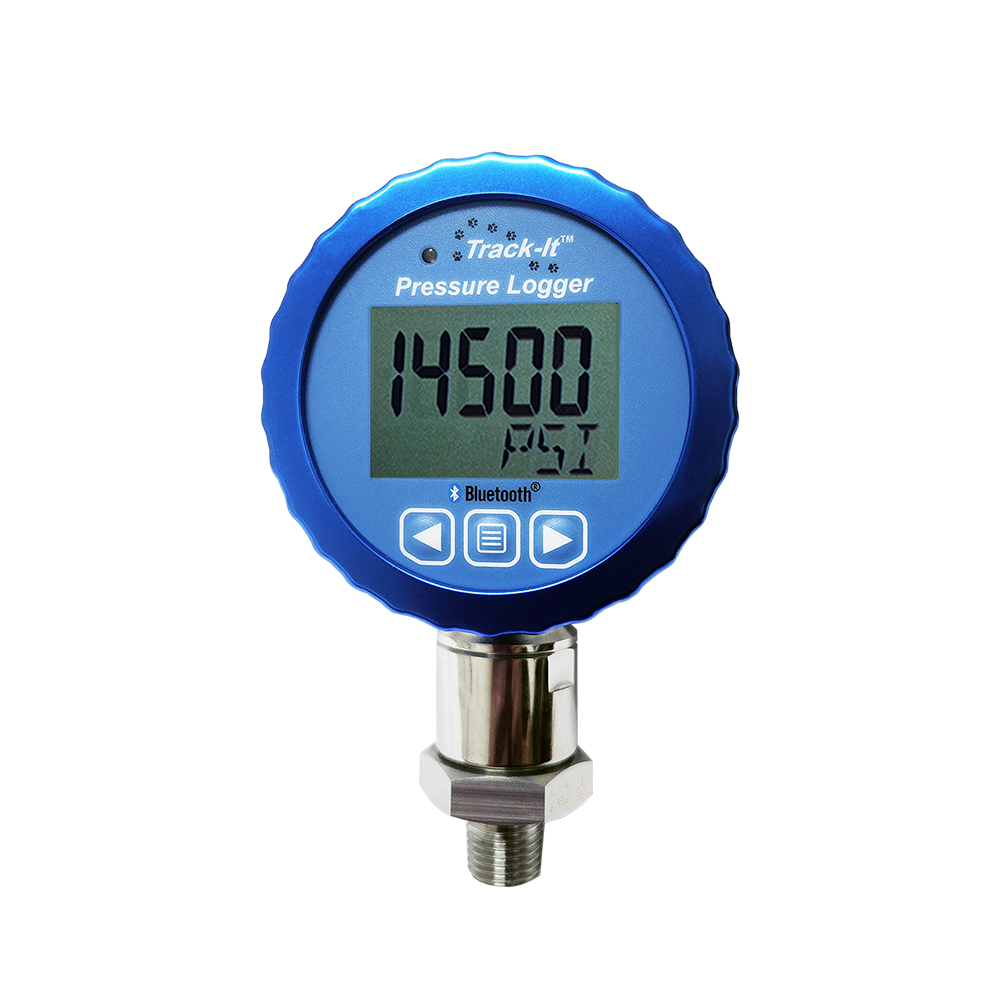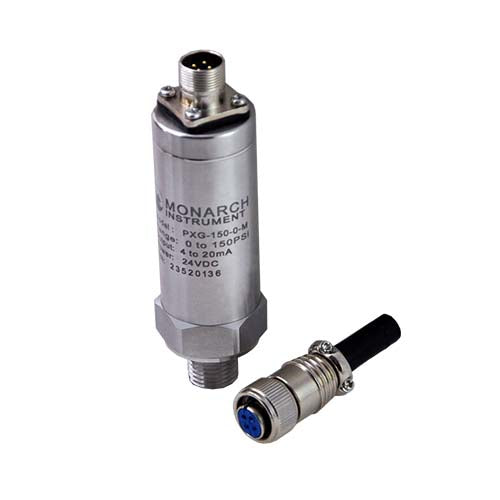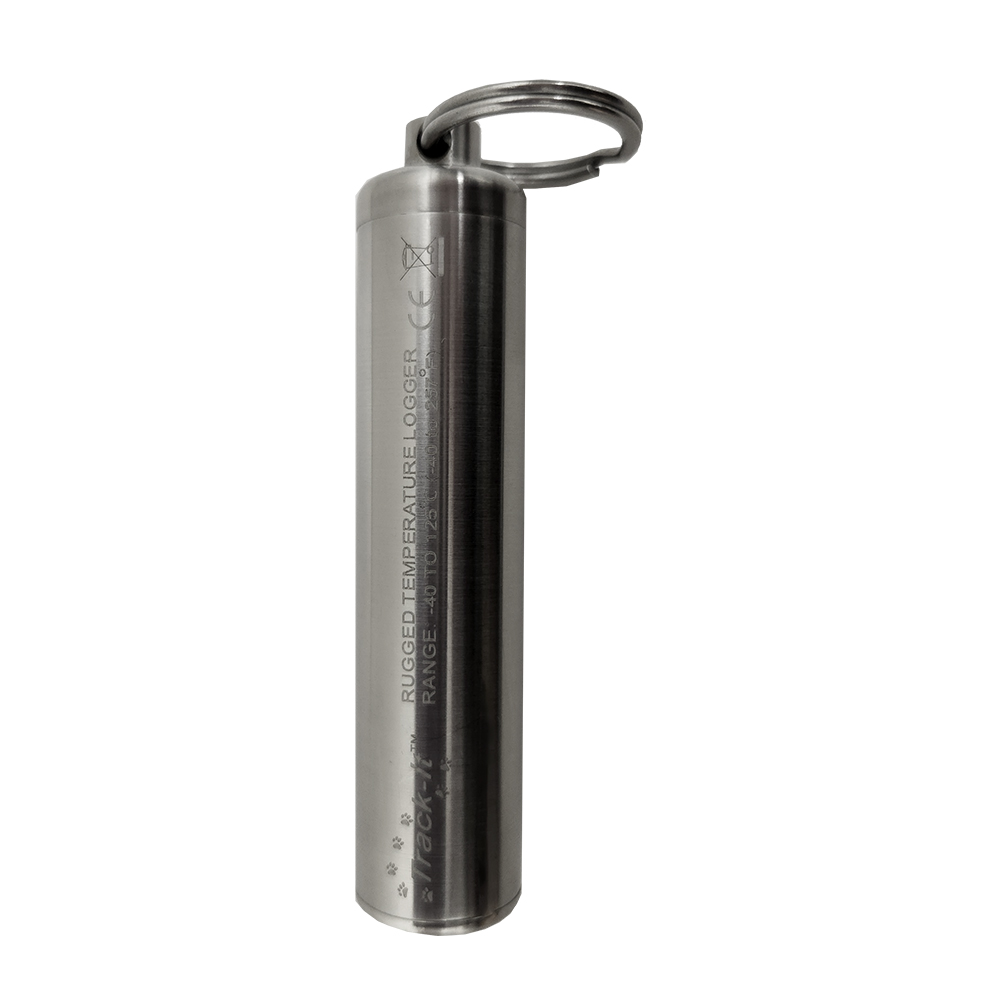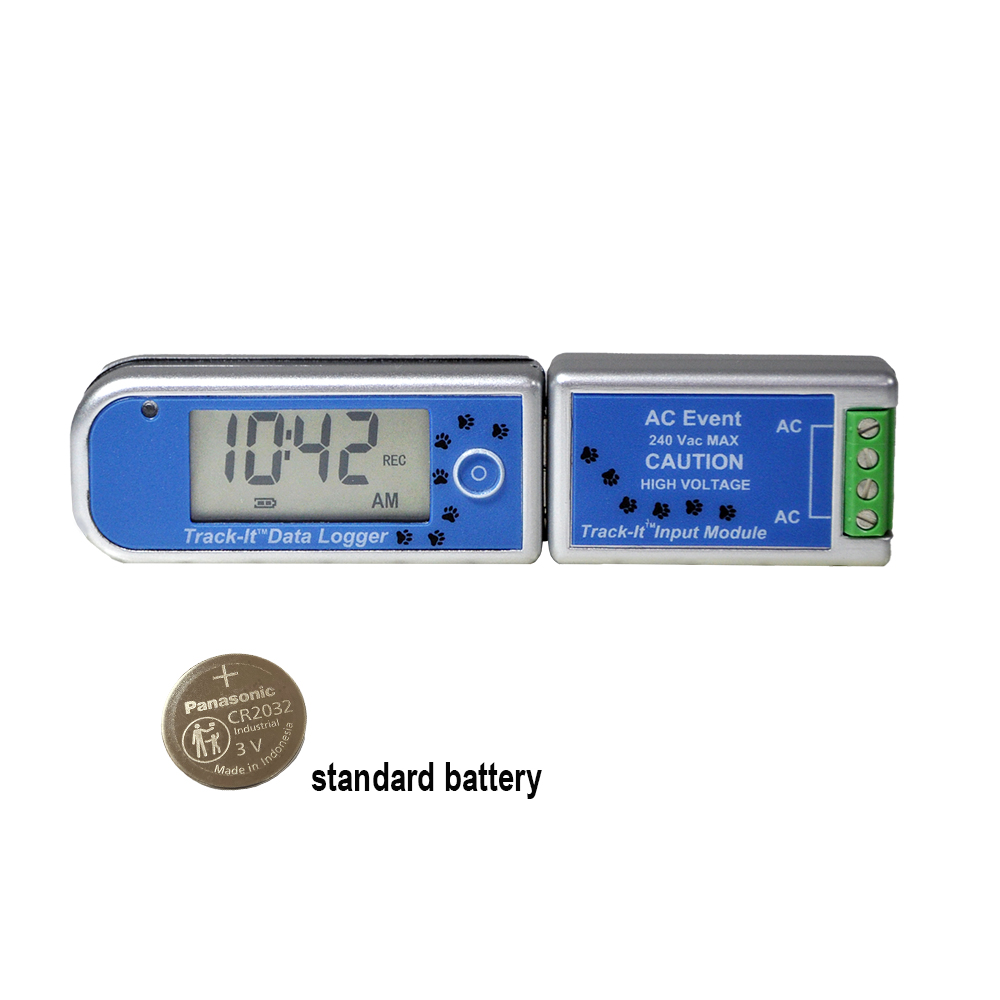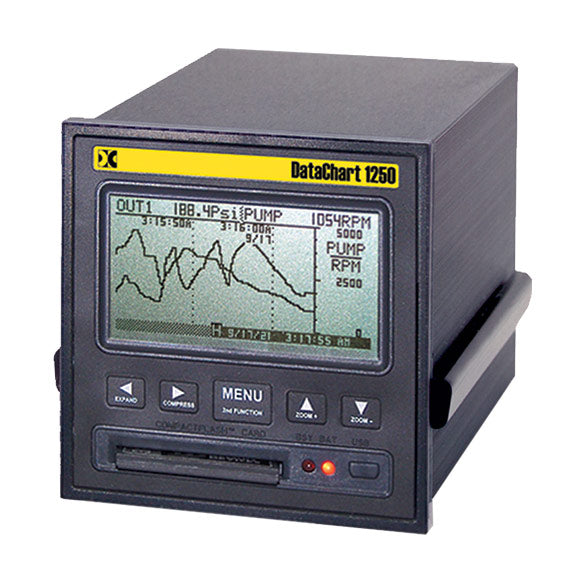Environmental Conformity Declaration
Monarch Instrument declares that all products produced and/or sold by Monarch are in conformity with the relevant environmental directives, standards or other normative documents as detailed below:
EU-Directive 2002/95/EC, EU-Directive 2011/65/EU, and EU-Directive 2015/868/EU
RoHS (Restriction on use of Hazardous Substances in EEE)
RoHS stands for Restriction of Hazardous Substances and impacts the entire electronics industry and many electrical products as well. The original RoHS, also known as Directive 2002/95/EC, originated in the European Union in 2002 and restricted the use of six hazardous materials found in electrical and electronic products. Directive 2011/65/EU was published in 2011 by the EU, which is known as RoHS-Recast or RoHS 2. RoHS 2 includes a CE-marking directive, with RoHS compliance now being required for CE marking of products. Directive 2015/863/EU is known as RoHS 3. RoHS 3 adds four additional restricted substances (phthalates) to the original list of six.
To the present and best of our knowledge, the products Monarch produces and supplies are RoHS 3 compliant*. All Monarch products that are compliant with the RoHS Directive 2015/863/EU are marked with a RoHS compliant indication, either RoHS with a checkmark or more commonly just the “CE” marking (shown right) to consolidate marking requirements as mandated by the European Parliament. Products with these markings have been deemed to be free of the RoHS specific hazardous substances including:

- Cadmium (Cd)
- hexavalent Chromium (Cr6+)
- Lead (Pb)
- Mercury (Hg)
- Polybrominated Biphenyls (PBBs)
- PolyBrominated Diphenyl Ethers (PBDEs)
- decaBromoDiphenyl Ethers (decaBDE)
- Bis(2-ethylhexyl) phthalate (DEHP)
- Butly benzyl phthalate (BBP)
- Dibutyl phthalate (DBP)
- Diisobutyl phthalate (DIBP)
Monarch primarily bases its material content knowledge on information provided by third parties and continues to take commercially reasonable steps to provide representative and accurate information.
* with the exception of Lead Acid Batteries sold as replacements for obsolete products
EU-Directive 2012/19/EU
WEEE (Waste Electrical and Electronic Equipment)
Related to RoHS is WEEE, which stands for Waste from Electrical and Electronic Equipment. WEEE Directive 2012/19/EU mandates the treatment, recovery, and recycling of electric and electronic equipment (90% ends up in landfills).
Monarch products should not be disposed of as unsorted municipal waste. Products should be recycled in accordance with local regulations; contact your local authorities for more information. Information regarding dismantling and disposal of our products is available in associated product manuals.
All products and/or associated documents will be marked with the WEEE crossed-out wheeled bin symbol (shown right).
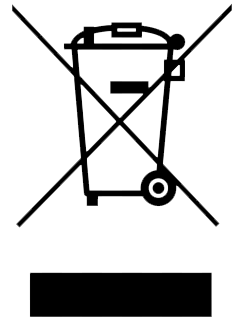
EC Regulation No 1907/2006 and associated amendments
REACH (Registration, Evaluation, Authorization and Restriction of Chemicals)
In June 2007, the European Union Regulation (EC) 1907/2006 concerning the Registration, Evaluation, Authorization and Restriction of Chemicals (REACH) was first released. This Regulation establishes specific duties and obligations for companies in the European Union (EU) that manufacture or import substances on their own, in preparations, or in articles.
Under the structure of the REACH Regulation, Monarch is a manufacturer and supplier of “articles” to our EU customers. We do not manufacture or supply “substances” or “preparations” and our articles do not involve the “intentional release of substances”. Accordingly, we foresee no registration or pre-registration requirement for the products we supply.
Monarch is constantly monitoring the substances of very high concern (SVHCs), as defined by REACH, in our products. At this time, Monarch products (articles) do not contain Substances of Very High Concern (SVHC) above the threshold value declared*.
* with the exception of Lead Acid Batteries sold as replacements for obsolete products
UK REACH Regulation
UK Registration, Evaluation, Authorisation, and Restriction of Chemicals
Under the European Union (Withdrawal) Act 2018, the EU REACH Regulation was brought into UK law on 1 January 2021 and is known as UK REACH. UK REACH is a regulation that applies to the majority of chemical substances that are manufactured in or imported into Great Britain (GB) (England, Scotland, Wales). Under the terms of the Northern Ireland Protocol, EU REACH continues to apply in Northern Ireland.
Under the structure of the UK REACH Regulation, Monarch is a manufacturer and supplier of “articles” to our UK customers. We do not manufacture or supply “substances” or “preparations”, and our articles do not involve the “intentional release of substances”. Accordingly, we foresee no registration or pre-registration requirement for the products we supply.
Monarch is constantly monitoring the substances of very high concern (SVHCs), as defined by UK REACH, in our products. At this time, Monarch products (articles) do not contain Substances of Very High Concern (SVHC) above the threshold value declared*.
* with the exception of Lead Acid Batteries sold as replacements for obsolete products
U.S. State of California Proposition 65
Proposition 65, officially known as the California Safe Drinking Water and Toxic Enforcement Act of 1986, aims to protect California citizens from significant exposure to chemicals known to the state to cause cancer, birth defects, or reproductive harm. California Proposition 65 obligates businesses operating in California to provide clear and reasonable warnings before knowingly and intentionally exposing Californians to chemicals that are listed in the Proposition 65 List.
To the present and best of our knowledge, and based upon the information available to us, some of our products contain Proposition 65 listed substances. Although these chemicals are incorporated in some of our products, there is no exposure route, such as contact with skin, being ingested with food or drink, or inhalation in the normal or foreseeable use intended*. Therefore, a warning label that our products contain chemicals that may cause cancer, birth defects, or reproductive harm is not required.
Anyone intending to use Monarch products for applications other than normally suggested product usage may increase their exposure risk to Proposition 65 chemicals, if present. To mitigate and reduce the risk of exposure, Monarch recommends reading the product manual and using standard safety protocols as required. If necessary, people or companies operating in California can request detailed information on chemicals contained in our products to make informed decisions about their risk of exposure to these chemicals.
* with the exception of Lead Acid Batteries sold as replacements for obsolete products
U.S. Environmental Protection Agency (EPA) Toxic Substances Control Act (TSCA)
PBT (Persistent, Bioaccumulative and Toxic) Chemicals
As required under the Toxic Substances Control Act (TSCA), as amended by the Frank R. Lautenberg Chemical Safety for the 21st Century Act, the EPA issued five final rules on January 6, 2021 to reduce exposures to certain chemicals that are persistent, bioaccumulative and toxic (PBT). These chemicals build up in the environment over time and can therefore have potential risks for exposed populations, including the general population, consumers and commercial users, and susceptible subpopulations (such as workers, subsistence fishers, tribes and children).
These rules limit or prohibit the manufacture (including import), processing, and/or distribution in commerce (including within articles) of the following PBT chemicals:
- Decabromodiphenyl ether (DecaBDE)
- Phenol, Isopropylated Phosphate 3:1 (PIP 3:1)
- 2, 4, 6-tris(tert-butyl)phenol (2, 4, 6-TTBP)
- Hexachlorobutadiene (HCBD)
- Pentachlorothiophenol (PCTP)
Even though some compliance deadlines have been extended, Monarch Instrument certifies compliance with the requirements of the Toxic Substances Control Act (TSCA) regarding the five (5) Persistent, Bioaccumulative, and Toxic (PBT) chemicals listed above and that none of the aforementioned chemicals are intentionally used or added to our products.
Monarch primarily bases its material content knowledge on information provided by third parties and continues to take commercially reasonable steps to provide representative and accurate information.
Per- and PolyFluoroAlkyl Substances (PFAS)
Per- and PolyFluoroAlkyl Substances (PFAS), also known as “forever chemicals,” are synthetic chemicals widely used for their unique performance properties primarily to make products that are oil, water, chemical or heat resistant. PFAS refers to the entire class of approximately 600 Per- and PolyFluoroAlkyl substances, including PerFluoroOctane Sulfonate (PFOS) and PerFluoroOctanoic Acid (PFOA).
The environmental implications of the use of PFAS are potentially significant, as they break down very slowly and are thought to persist in the environment. As such, PFAS may be linked to harmful health effects in humans and animals.
PFAS are addressed by global regulations such as REACH, EU POPs, US EPA TSCA, together with related regulations. Monarch supports the objective of regulators to protect human health and the environment from exposure to chemical substances that have been identified as PFAS. Monarch’s compliance efforts focus on meeting legal requirements by the dates identified in applicable legislation.
Monarch continues to monitor updates to the PFAS regulations and work with our suppliers to identify the presence of any PFAS in our products.
Stockholm Convention of Persistent Organic Pollutants and EU Regulation No 2019/1021
POPs (Persistent Organic Pollutants)
POPs are persistent organic pollutants that pose significant risks to the health of living organisms and the environment. POPs are regulated worldwide by an international treaty: the Stockholm Convention of Persistent Organic Pollutants, which determines the official list of POPs and implementation obligations. The treaty obligations are then adopted and enacted in various areas around the globe, including in the EU under the POPs Regulation No 2019/1021.
EU Regulation No 2019/1021 has been amended multiple times to update Annexes regarding certain chemical listings such as:
- Pentachlorophenol and its salts and esters
- Dicofol
- PFOA (PerFluoroOctanoic Acid), its salts and PFOA-related compounds
- PFHxS (PerFluoroHexane Sulfonic acid), its salts and PFHxS-related compounds
- PFOS (PerFluoroOctane Sulfonic acid) and its derivatives
- Hexachlorobenzene
Monarch Instrument products, to the best of our knowledge and after good faith inquiry, comply with the requirements of EU Regulation 2019/1021 and associated amendments regarding the chemicals listed above which are not intentionally used in our manufacturing processes.
This determination is based upon information from sources which Monarch believes are reliable; however, the information is provided without representation or warrant, expressed or implied, regarding accuracy or correctness.
Disclaimer
This declaration is based upon information provided to us by the suppliers of the raw
materials or components used to manufacture our products. As such, Monarch Instrument
makes no independent representations or warranties, expressed or implied, and assumes no
liability in connection with the use of this information. In the end, customers are responsible for
determining the applicability of specific laws and regulations based on the ultimate individual usage of
our products.
As a company concerned about our environment, Monarch Instrument will continue to take commercially
reasonable steps to track and maintain compliance with all applicable local, state, federal, and international
environmental standards and regulations. Should new information be provided from our suppliers which
changes the status of our parts, this declaration will be updated accordingly.





